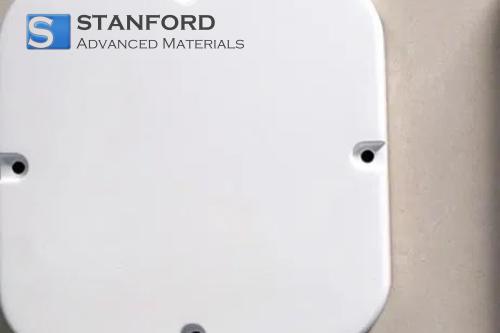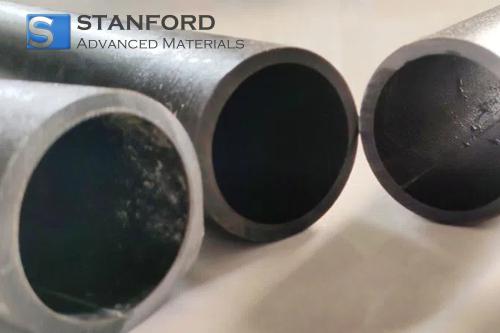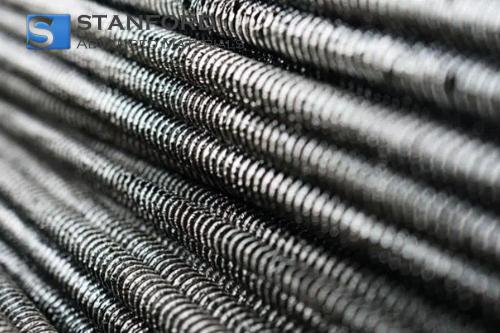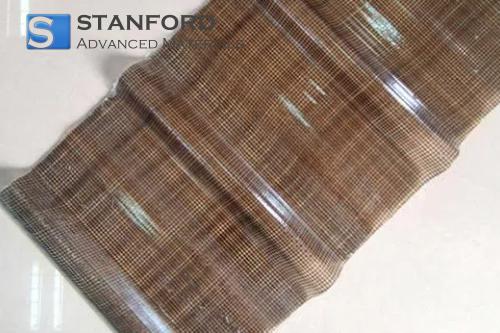Advancements In Porous Silicon Carbide Materials For Catalytic Applications
Description
Porous silicon carbide materials have become an essential component in catalytic processes. These materials exhibit considerable strength and resist high temperatures. They also possess an extensive surface area. The pore network enables catalysts to adhere more effectively and operate at an increased rate. This article provides a succinct overview of recent advances.
Introduction to Porous Silicon Carbide
Porous silicon carbide is manufactured using specialised techniques that generate minute pores throughout the material. These pores increase the surface area available on catalyst supports. The pore sizes range from a few nanometres to several micrometres. This range assists in various catalytic reactions. The material is recognised for its hardness and strength, even when subjected to temperatures frequently exceeding 1 200 °C.
Incremental improvements in these materials have been realised over the past ten years. Researchers have worked to control the pore formation process. They aim to achieve uniform pore size and high porosity. Multiple studies have reported a porosity of up to 60 per cent while maintaining strength. This porous silicon carbide has been employed in catalysts for motor vehicles and in chemical processing plants. In these applications, the porous structure increases the available active sites for reactions.
Related Cases
Several cases have demonstrated that catalysts supported on porous silicon carbide exhibit increased long-term stability. A study in chemical laboratories revealed that the developed porous structure reduced catalyst deactivation by 20 per cent compared to older supports. In another instance in the petrochemical industry, reaction downtime decreased upon the use of these materials. Consequently, the formation of by-products was lowered, thereby increasing overall yield. These data are pertinent for researchers in catalysis.
Production Methods for Porous Silicon Carbide
The production process typically incorporates template techniques combined with thermal treatments. A common method employs preformed templates that burn out during high-temperature sintering. This process leaves a network of interconnected pores. The method requires precise temperature control. Such control was not achievable with older techniques. The new methods provide a reliable procedure to produce consistent materials. The resulting porous network remains intact even under challenging conditions.
Benefits and Properties
Furthermore, the material exhibits favourable chemical resistance. It retains its integrity in corrosive atmospheres. Conditions such as those encountered in flue gas cleaning are common in industrial operations. Porous silicon carbide supports handle acids and alkalis more effectively than many other materials. In practice, this results in catalysts requiring less maintenance in industrial plants.
Another property of porous silicon carbide is its lower weight compared with other high-temperature ceramics. This characteristic offers an advantage in weight savings. In industries such as aerospace and transport, every gram is important. The ability to reduce weight without compromising strength benefits manufacturers. The consistency and improvement of these materials result from years of joint research in laboratories and workshops.
The development of these materials does not rely on a single discovery. It is a cumulative process that benefits several industrial sectors. In catalytic applications, the porous structure facilitates a more efficient progression of reactions. The uniform distribution of pores creates a substantial active volume for reactions. Owing to these properties, industries can safely lower operating temperatures while increasing yield. Consequently, energy consumption and overall costs are reduced.
Conclusion
Recent progress in the manufacture of porous silicon carbide for catalytic applications is notable. The material now exhibits high porosity, strength and resistance to both heat and chemicals. Data and practical examples demonstrate that these advances enhance catalytic performance across industries ranging from automotive to petrochemistry. Further information is available at Stanford Advanced Materials (SAM).
Frequently Asked Questions
Q: What advantages do porous silicon carbide materials offer in catalysts?
Q: They provide an extensive surface area, improved thermal stability and chemical resistance.
Q: What are the typical pore sizes in this material?
Q: The pore sizes range from a few nanometres to several micrometres.
Q: In which industries are these materials most commonly used?
Q: They are employed in automotive catalysts and petrochemical processing plants.
Reference:
[1] Tuci, Giulia & Liu, Yuefeng & Rossin, Andrea & Guo, Xiangyun & Pham, Charlotte & Giambastiani, Giuliano & Pham-Huu, Cuong. (2021). Poröses Siliziumkarbid (SiC): A Chance for Improving Catalysts or Just Another Active-Phase Carrier? Chemical Reviews. 121. 10.1021/acs.chemrev.1c00269.

 Bars
Bars
 Beads & Spheres
Beads & Spheres
 Bolts & Nuts
Bolts & Nuts
 Crucibles
Crucibles
 Discs
Discs
 Fibers & Fabrics
Fibers & Fabrics
 Films
Films
 Flake
Flake
 Foams
Foams
 Foil
Foil
 Granules
Granules
 Honeycombs
Honeycombs
 Ink
Ink
 Laminate
Laminate
 Lumps
Lumps
 Meshes
Meshes
 Metallised Film
Metallised Film
 Plate
Plate
 Powders
Powders
 Rod
Rod
 Sheets
Sheets
 Single Crystals
Single Crystals
 Sputtering Target
Sputtering Target
 Tubes
Tubes
 Washer
Washer
 Wires
Wires
 Converters & Calculators
Converters & Calculators
 Write for Us
Write for Us





 Chin Trento
Chin Trento


